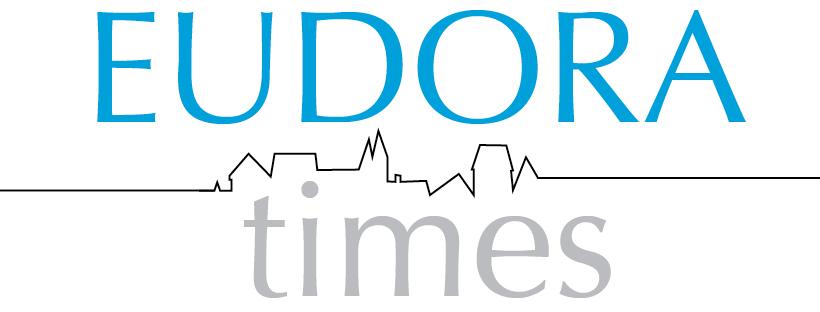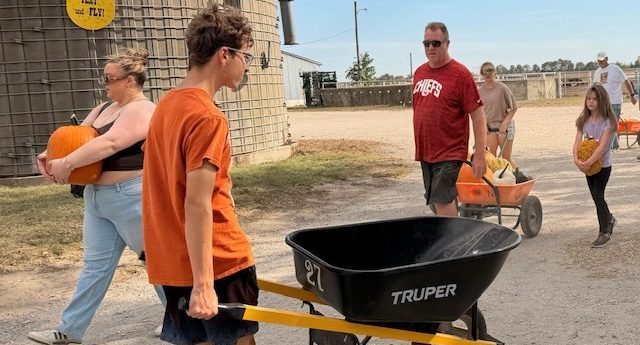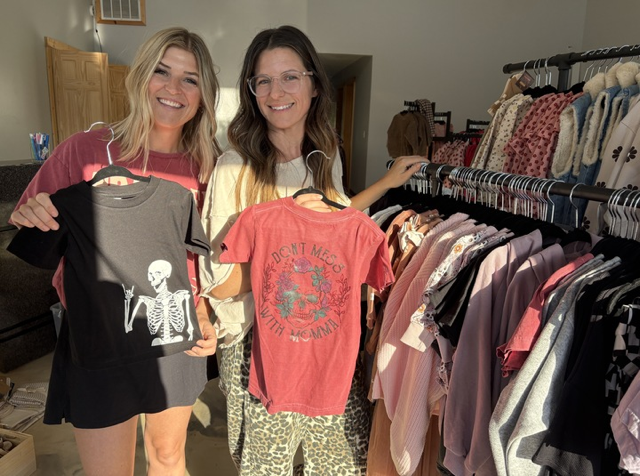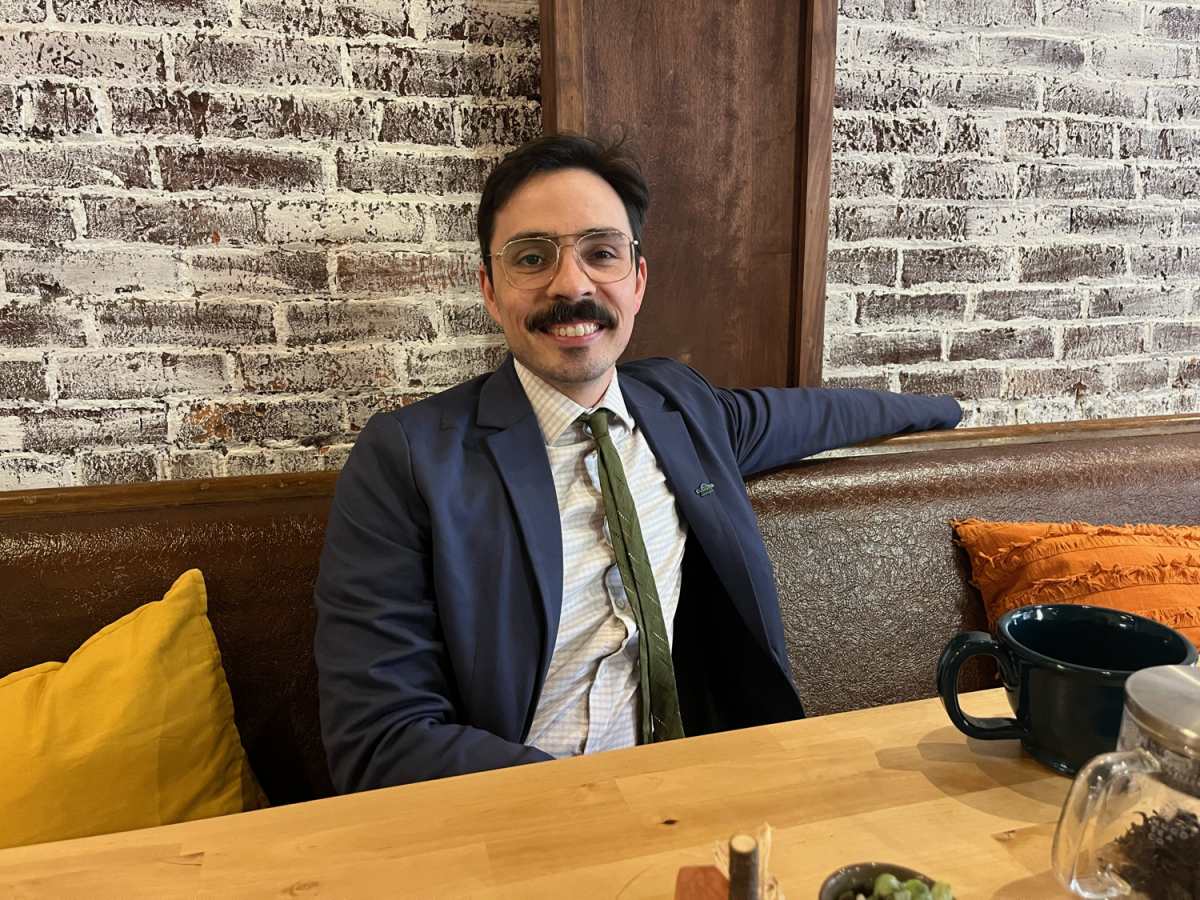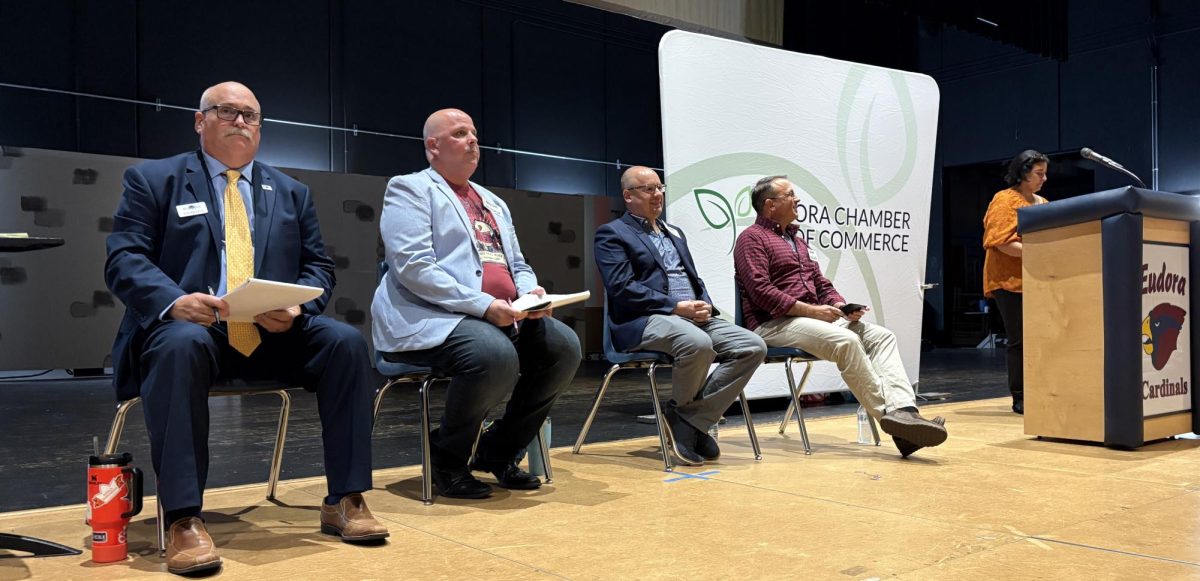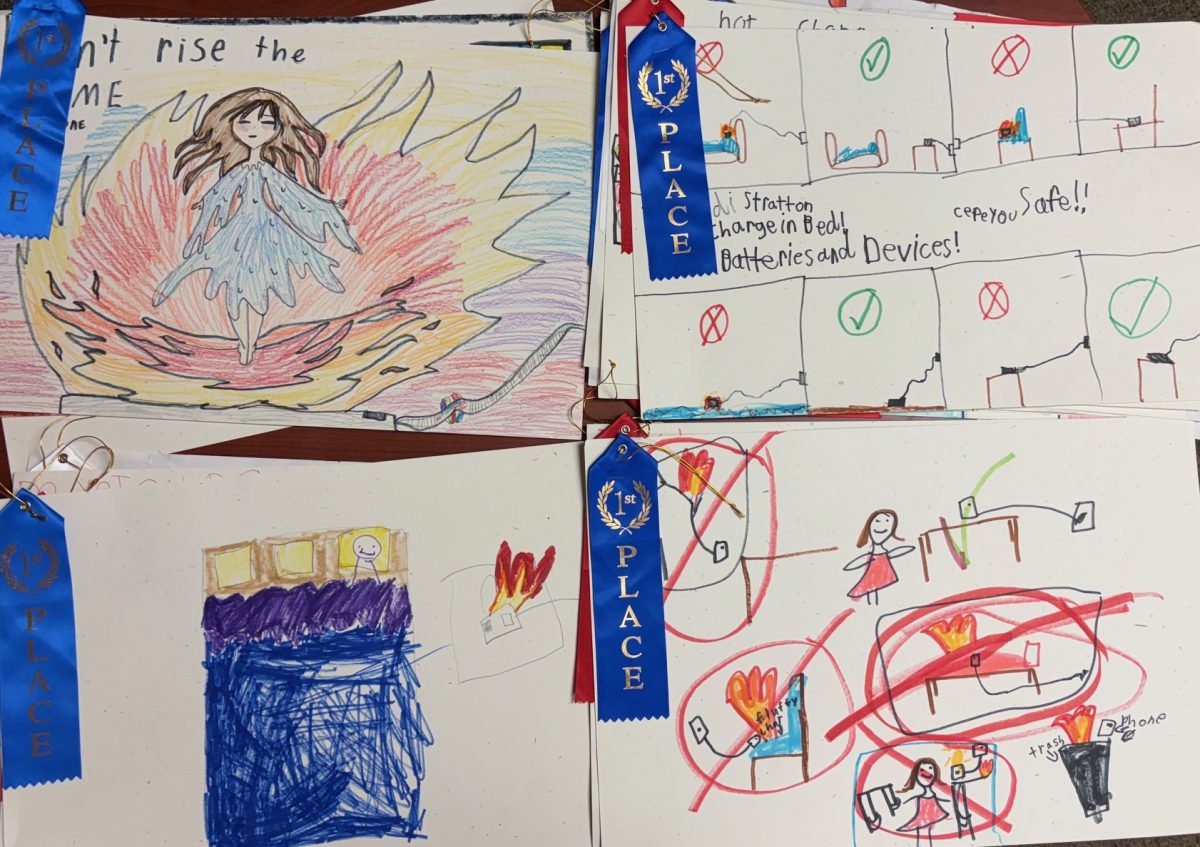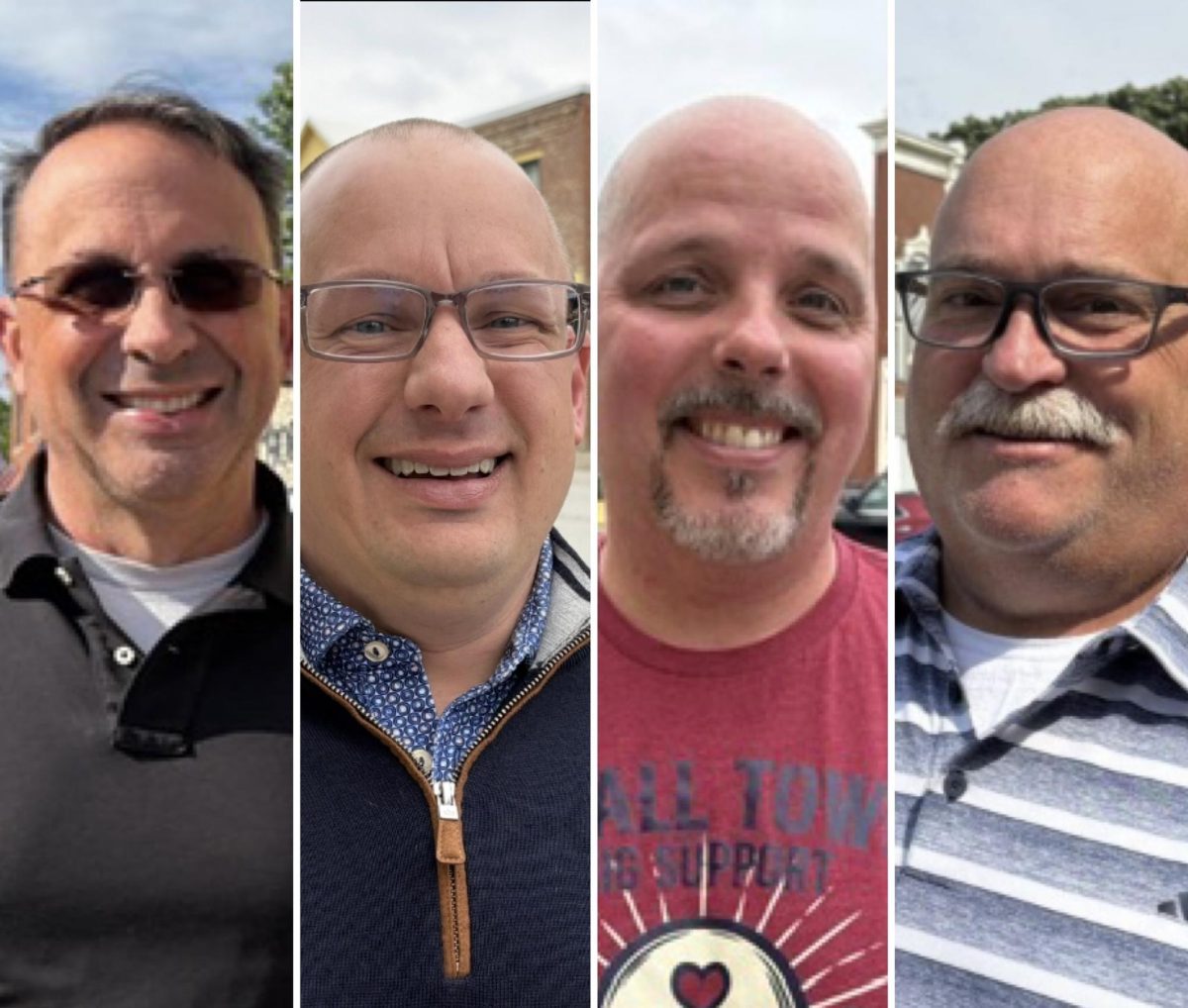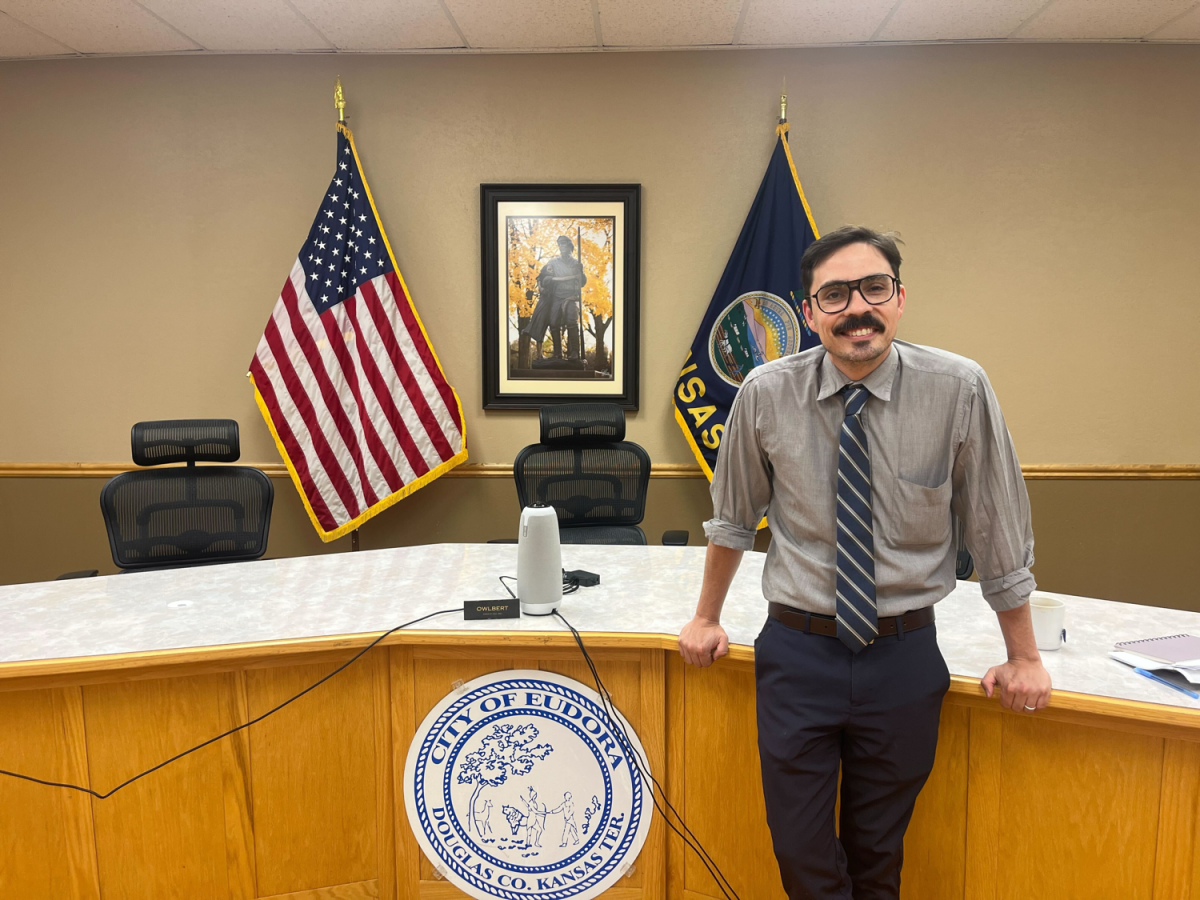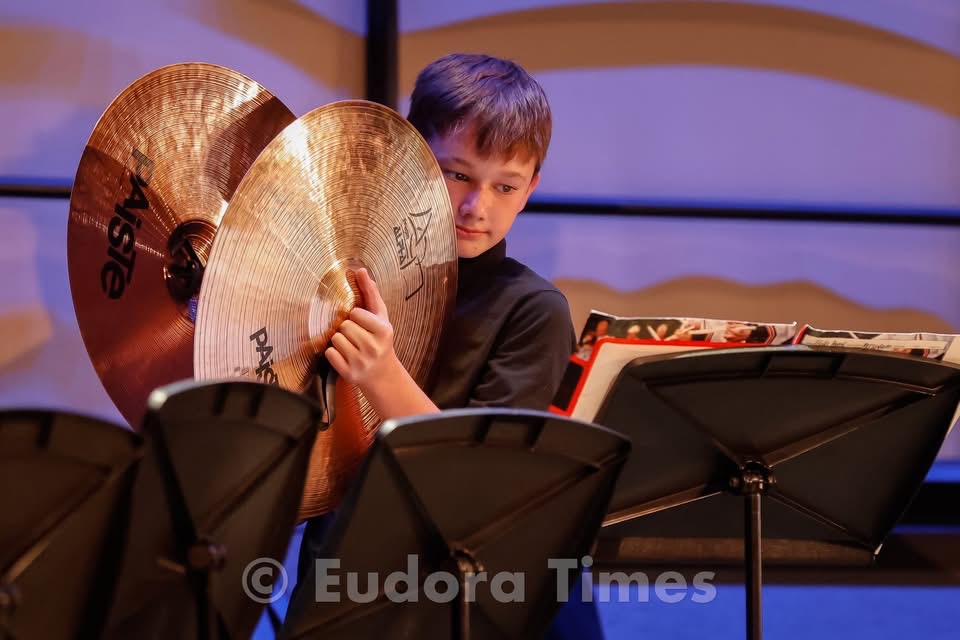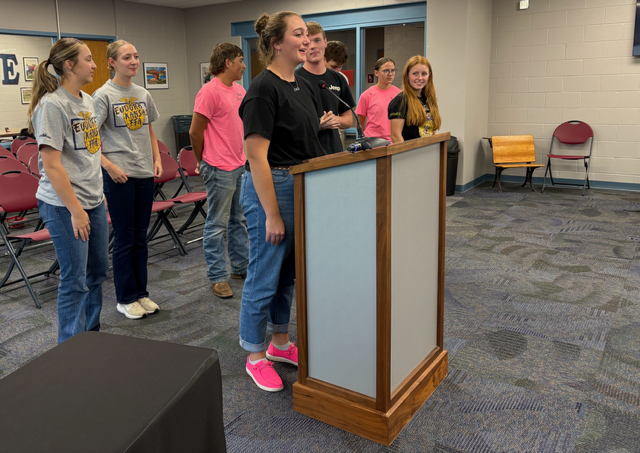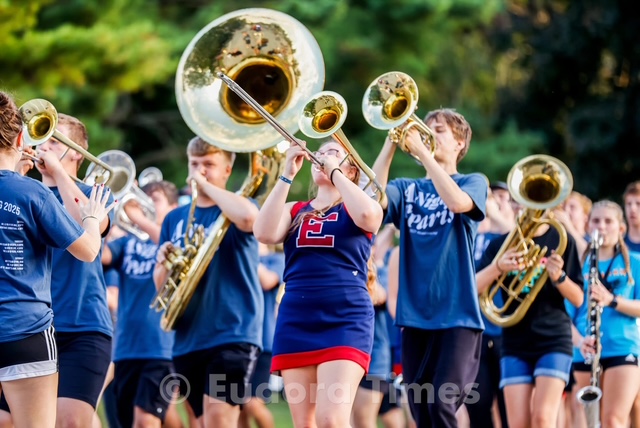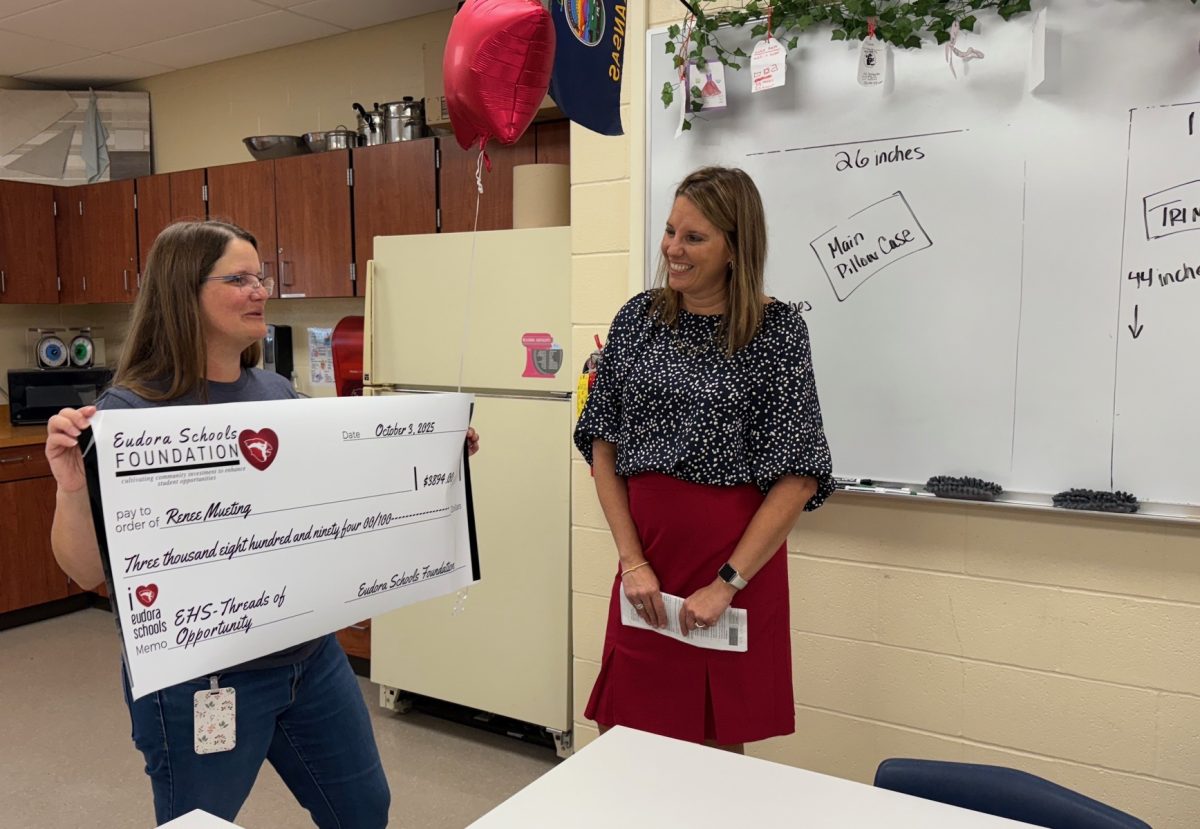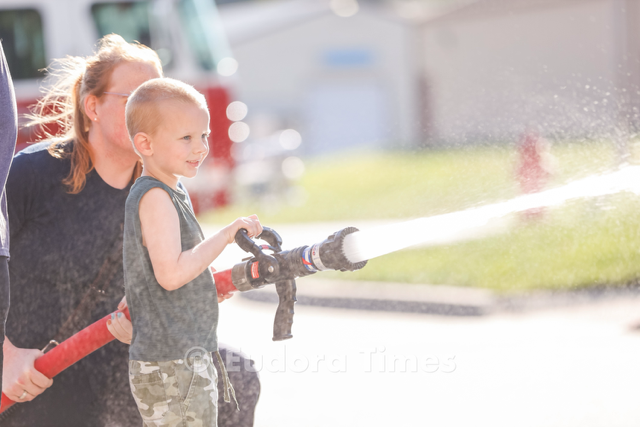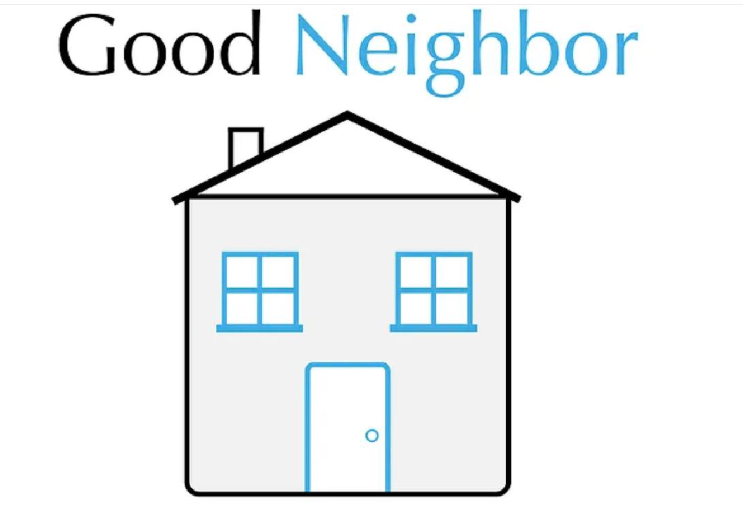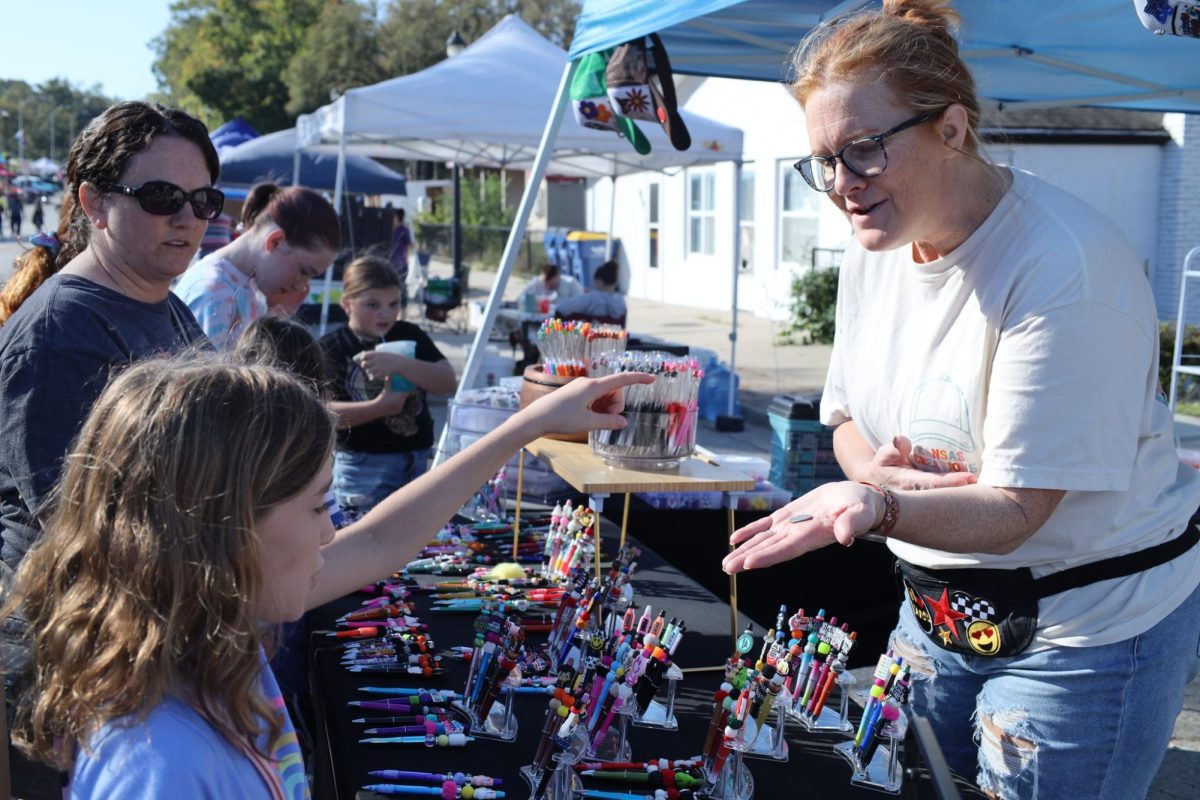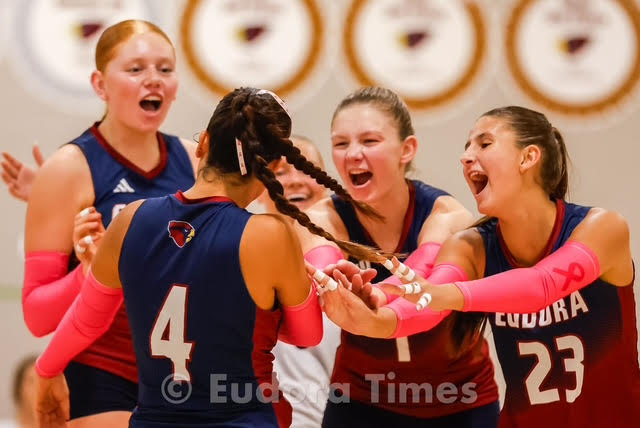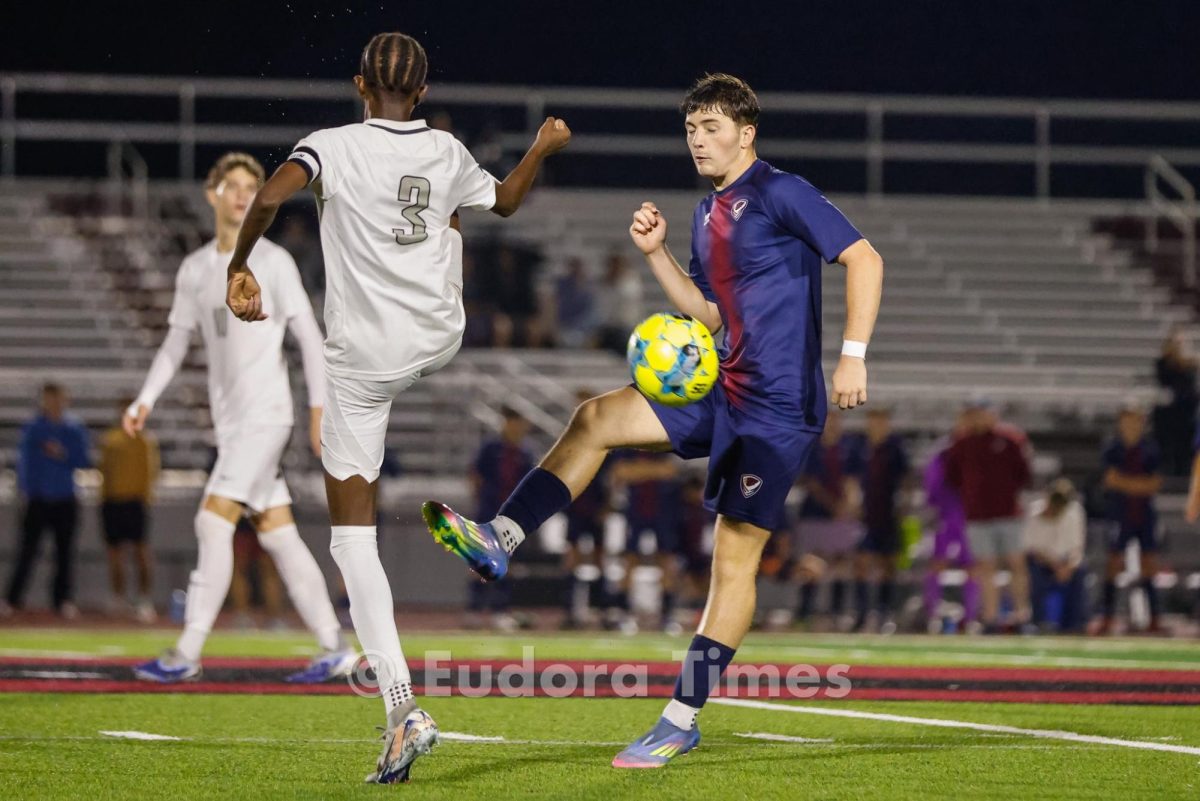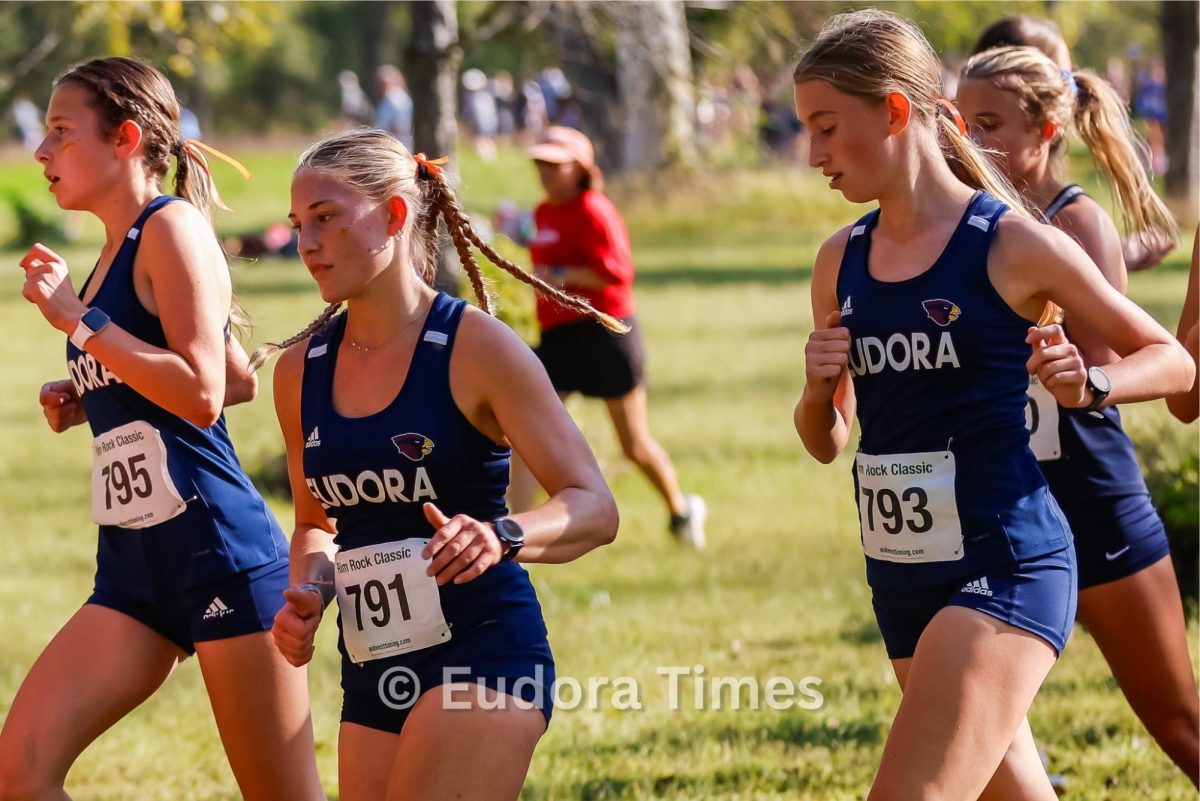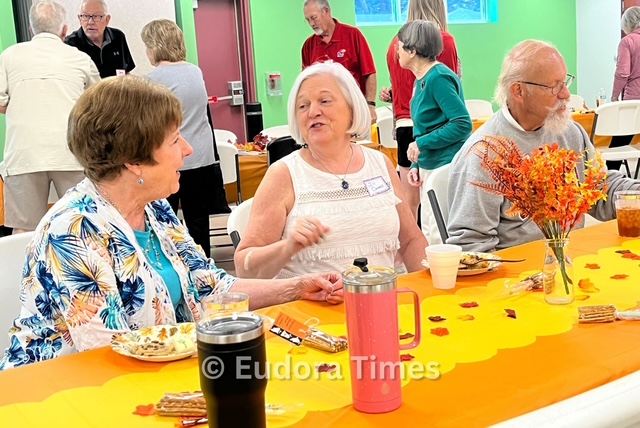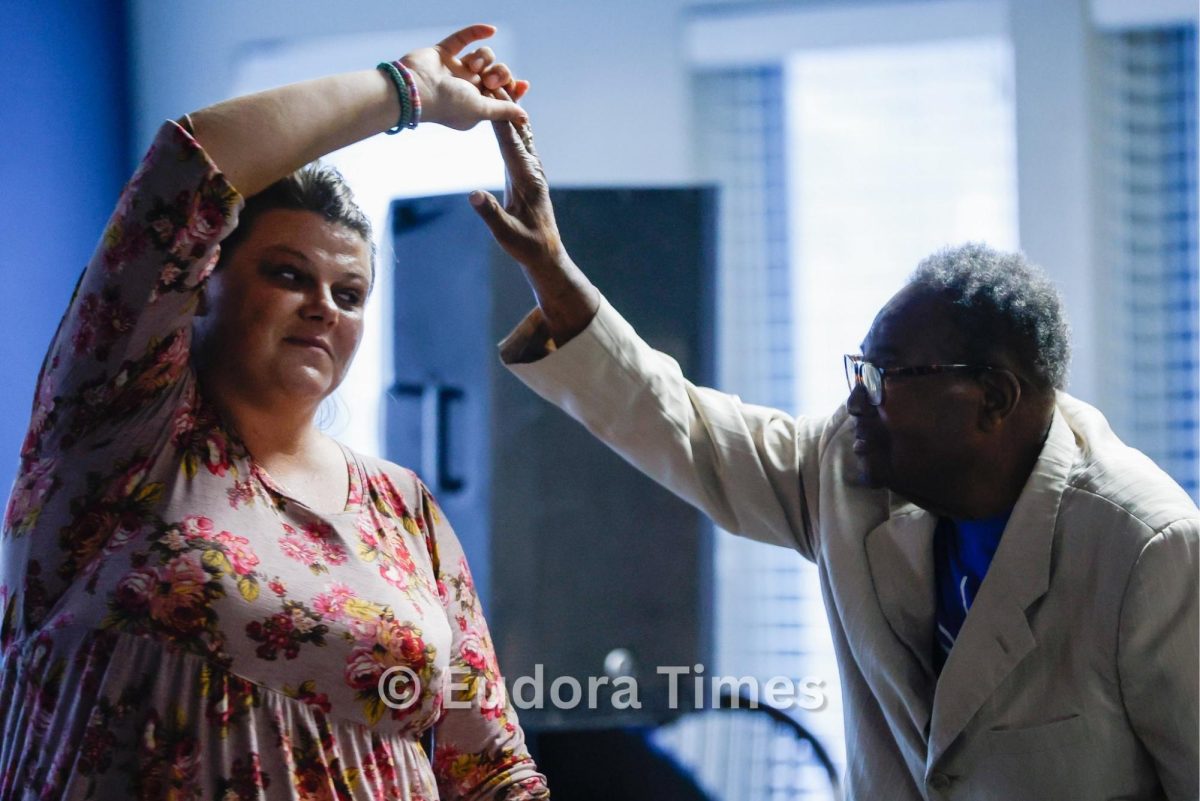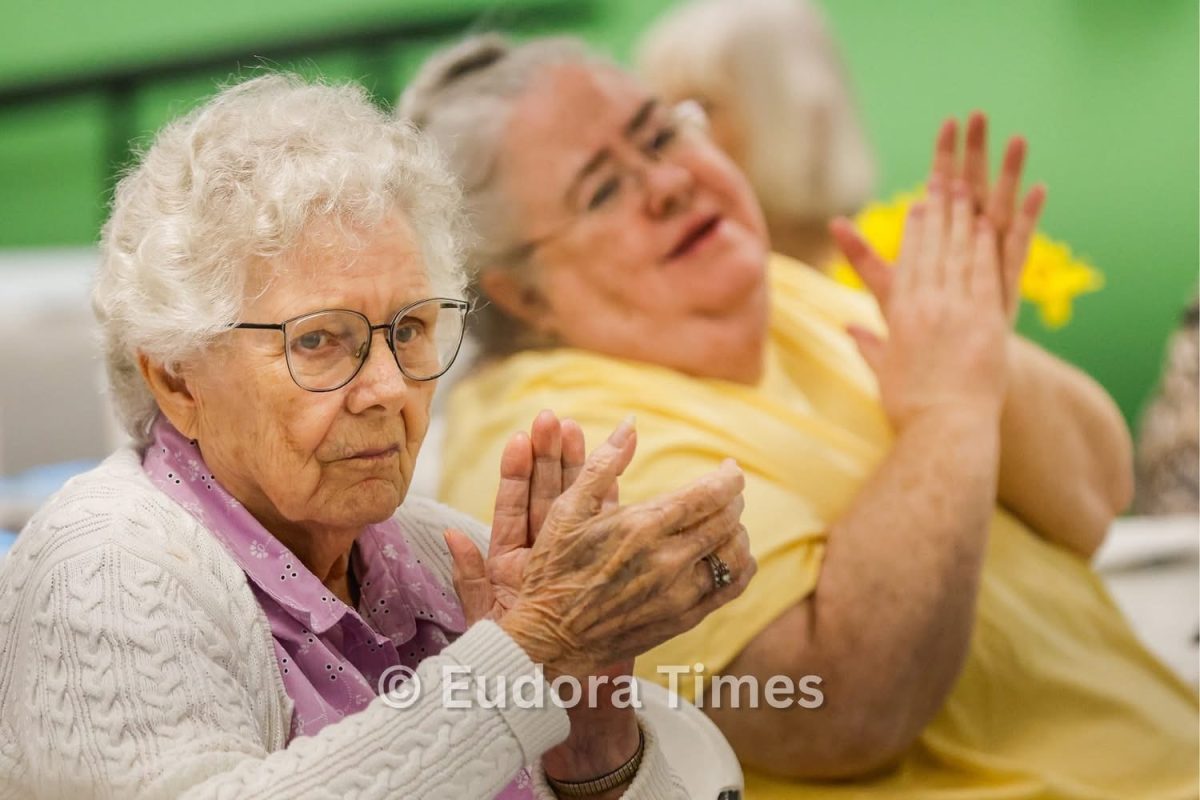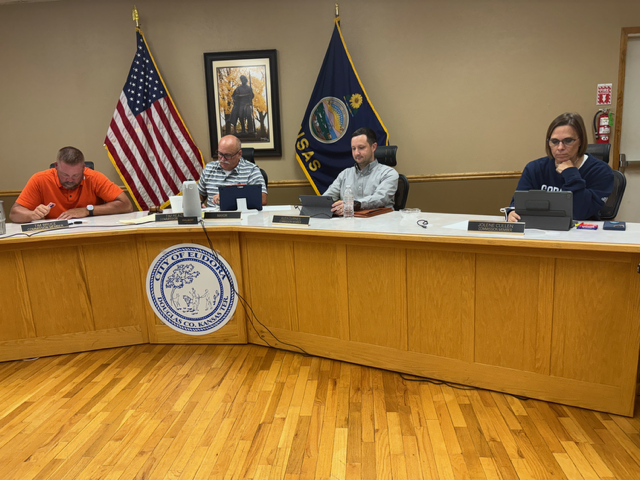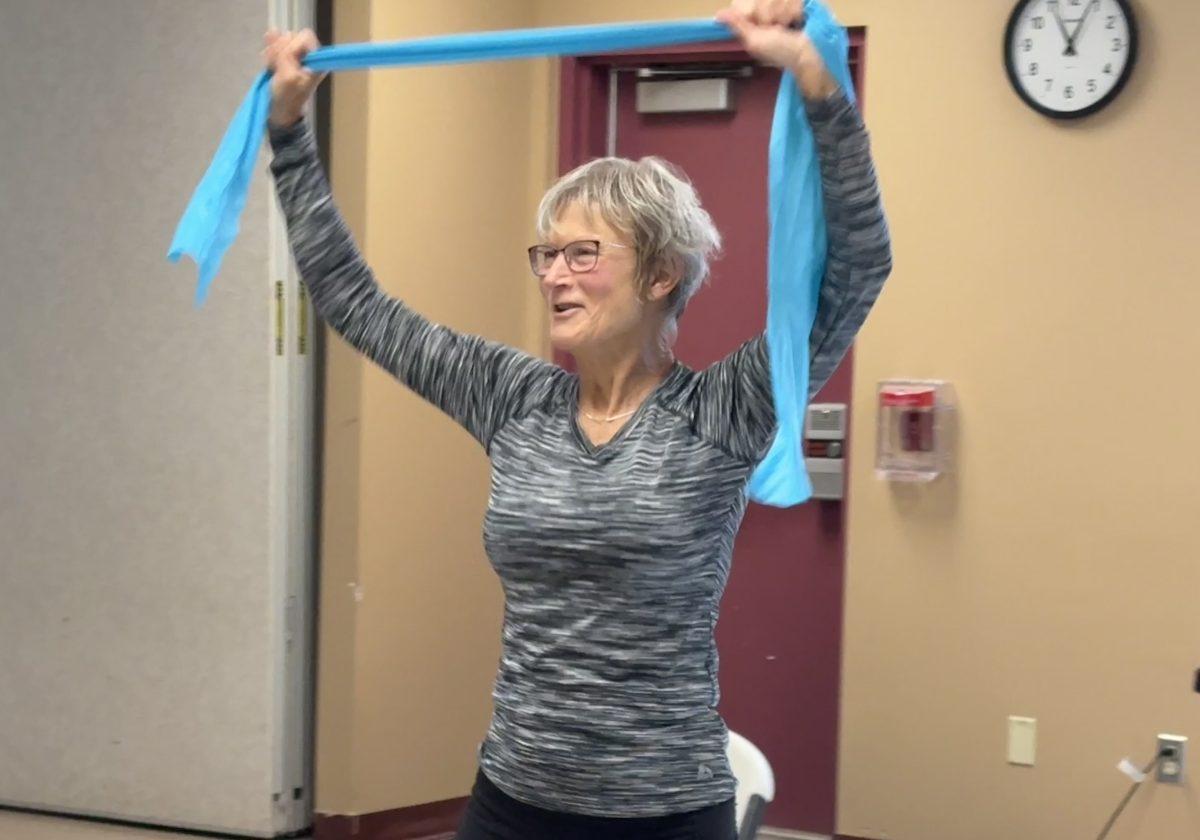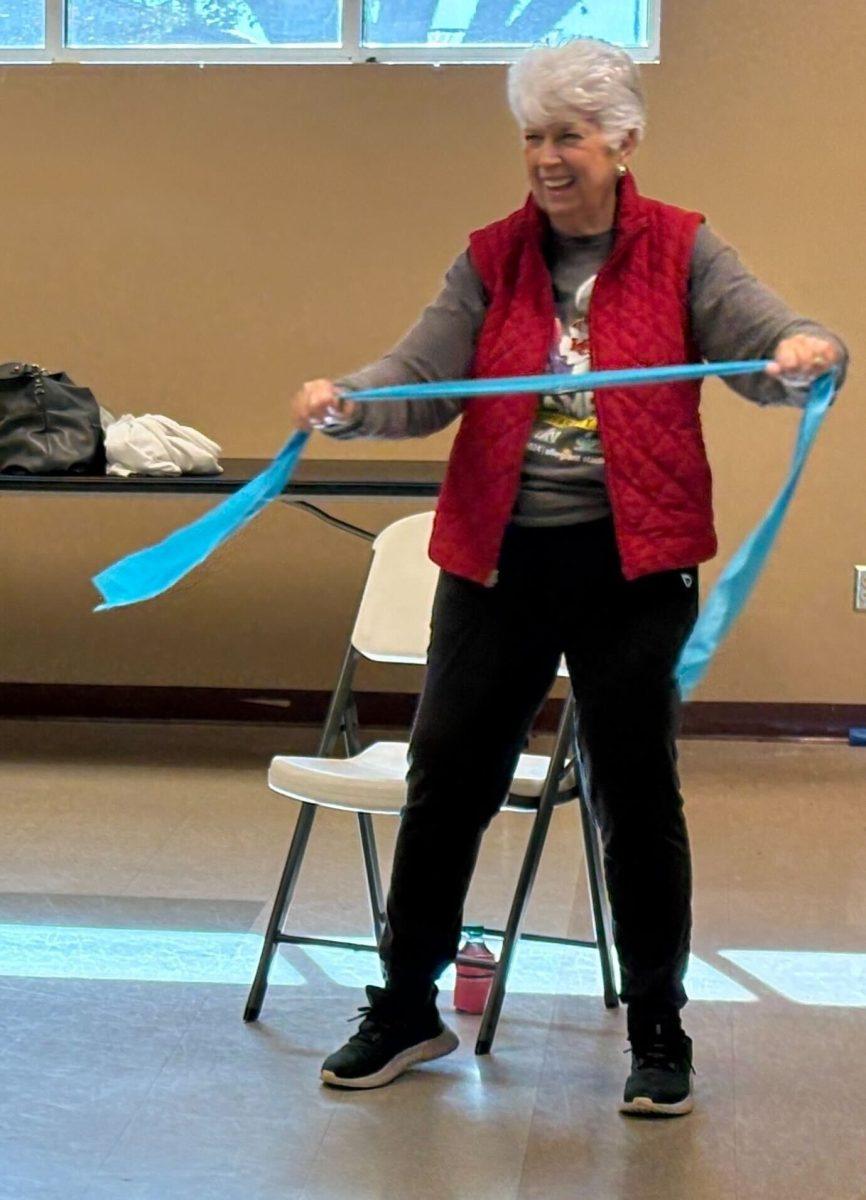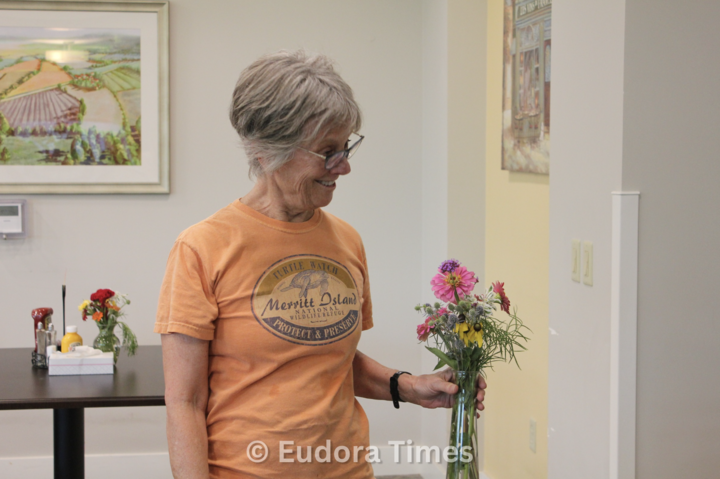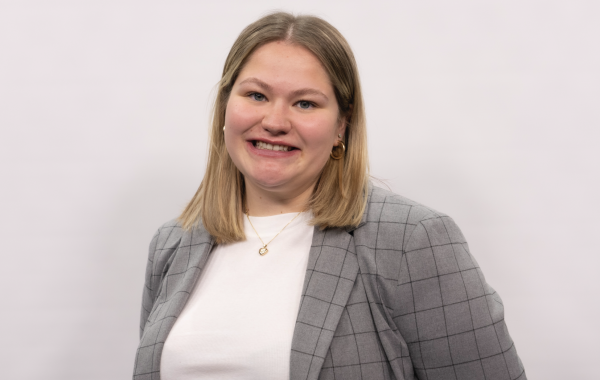Sue Pearson knows exactly where she needs to be at 11 a.m. three times a week – with her fellow Misfits.
For about 20 years, she has gathered with an exercise group that has become her closest friends, celebrated life milestones and helped each other in hard times.
Pearson never misses a class and takes note of those missing, making sure to follow up to check on them. Seniors have needs, too, and it’s up to them to be proactive, she said.
“We kind of get left behind sometimes if we don’t actively involve ourselves,” Pearson said. “We’ve got some active, active ladies in there who refuse to be put down.”
Once dubbed “the Fitness Generation,” baby boomers have long been known for leading an “unprecedented fitness revolution” throughout their lives.
A recent study by the American College of Sports Medicine found exercise programs for older adults is the third most popular fitness trend for 2025 behind wearable technology and mobile exercise apps.
Health researchers say creating programming for this demographic is important since physical activity is critical for staying healthy, preventing chronic disease, helping with longevity of independent living and overall quality of life.
For over a decade, Diane Chrislip has taken on that charge by teaching the senior exercise class to a group of about 20 local women in their 70s and 80s.
They call themselves the Misfits, a name with a double meaning since they are a group of “Miss Fits.” But the community that they created has had health benefits far beyond being fit.
“A group of women caring about each other”
Chrislip was enlisted to join the class by Marsha Gordon shortly after finishing breast cancer treatment. Chrislip had taken a significant amount of time off, something especially hard as someone who had always been fit, she said.
She loved exercising, but wasn’t sure if she was ready to come back to class after chemotherapy.
Gordon told her to just do as much as she felt comfortable doing. She saw herself starting to get her strength back, and eventually she started filling in for their teacher. Finally, the class said, “Diane, just teach the class. You’re not going anywhere.” And she’s glad she said yes.
“It’s great for me, because I’ve always actually been one of those people that loves to exercise, loves to stay fit, and I love the camaraderie and the laughter,” she said.
Chrislip likes to focus classes on stretches, weights, light aerobics and balance exercises.
“One of the biggest things for older people is avoiding falls,” she said. ”I think exercise can even help prevent not only the falls, but the fractures and breaks that go along with falls.”
During a recent class, the group grabbed bright blue resistance bands to stretch as they giggled over inside jokes and shared life updates.
It’s easy to get isolated as you age, Chrislip said. Besides the physical activity, the mental benefits of belonging to the group are clear as the gatherings also allow for real – sometimes tearful – conversations and prayer.
“I think the wonderful part of this is we have built deep relationships,”Chrislip said. “They can share their joys, but they can also come and share their hurts, and just know it’s a group that’s going to care about them and help see them through.”
Chrislip said they’ve made it a place where seniors can be vulnerable with each other. It’s a group that genuinely cares for each other, she said.
“There’s times when there’s tears in here, and there’s times when we gather together and pray for somebody. So it’s just nice having it be a group of women,” she said.
Millie Jankowski has attended Chrislip’s class for over a decade. Jankowski said she was told by Ruth Hughs to join the class shortly after moving to Eudora. Hughs told her it would be the perfect place to make friends in her new town.
Jankowski said Hughs couldn’t have been more correct.
“There’s no way I would have met as many nice, friendly people as Eudora has if it hadn’t been for her, and everyone in that group is so welcoming when there’s somebody new that comes, and they keep telling people they can come, but no men are allowed,” Jankowski said.
She said it’s been an outlet for her – a place to workout but also have somebody there to reach out to for help.
“If I didn’t go at least two or three times a week, I don’t think I’d be walking anymore,” she said.
The importance of being active
The CDC recommends adults 65 and older engage in weekly aerobic physical activity that includes at least 150 minutes at moderate intensity, or 75 minutes at vigorous intensity. It also says seniors need at least two days of activities each week that strengthen muscles and improve balance.
Parks & Rec programmer Matt Shirhall said senior exercise can be more challenging to organize since physical limitations and abilities can vary. However, he said it’s important for seniors to be active.
“It’s more about the improvements in their day-to-day life, their ability to function, their ability to maintain that independence a lot longer. A lot of our exercises are kind of geared towards that,” Shirhall said.
Exercise increases blood flow to the brain and to the heart, which means it offers cognitive benefits in addition to the cardiovascular ones, said Ashley Herda, an assistant professor in exercise science at KU. Herda is also the director of the Exercise and Human Performance Laboratory at the KU Edwards campus.
The best mode of exercise suited for seniors is lifting with resistance, not necessarily walking on the treadmill or riding a bike, she said. She said seniors can still get the cardiovascular benefits from lifting weights or physically straining the muscle.
Her research focuses on sarcopenia, the age-related loss in muscle mass and loss of function as adults age. A recent study explored different modes of resistance exercise in older adults 65 to 85 years old. Participants started training two days a week for six weeks.
The study showed that everyone who used dumbbells and resistance bands got stronger, no matter what type of resistance they used. Bone strength and mineral density was retained better in individuals using dumbbells, she said.
Herda said it helps improve bone strength overall, which can in turn prevent falls and make seniors feel more stable when walking, climbing stairs or carrying groceries.
“It depends on the age of the person and what their ability is, but it seems to benefit everybody, kind of in an all-around aspect,” she said.
It’s important to learn the movements around these exercises before adding any kind of weight, she said.
“I would say it’s never too late to start something new, to learn something new,” she said. “Because the people in this field are there to help anybody who wants it. So it’s always worth taking that chance and stepping out of their comfort zone, no matter what their age is.”
Getting involved
Chrislip’s class meets at 11 a.m. Mondays, Wednesdays and Fridays at the Rec Center. The class is free, but the Rec Center encourages people to be gym members and has a discounted rate for seniors.
There are people who are new to the group and others who have attended since before Chrislip was the teacher. As long as people keep showing up, she’ll keep teaching.
“Everybody who comes, I think, feels really welcomed,” she said.
There are also opportunities for senior men to get involved. Shirhall teaches a co-ed class for seniors called Fit and Strong at 11 a.m. Tuesdays and Thursdays at the Rec Center. About 20 people usually attend, with room available for more. The class is free for seniors.
The class started when the Parks and Rec Department received a grant to pay for training for Shirhall. He was already a certified personal trainer, but he had never taught group exercise before.
The class consists of about 20 minutes of warm-ups, 20 minutes of aerobics and 20 minutes of strength training. The group’s been going for about a year now.
Making sure it’s an environment where seniors feel safe and heard is what Shirhall strives for, he said.
“Over time, the group has grown to trust me, which is pretty neat, too,” he said.
Exercise classes can be off putting for some, especially if the first class causes soreness, but this class is accessible, Shirhall said. The class is difficult enough to feel accomplished but not so hard that they don’t want to come back, he said.
It’s about consistency whether someone can make it to every class a week or not, he said.
The goal is not to make any major transformations, but rather help with daily mobility. The class focuses on mimicking everyday movements like walking up stairs, opening doors and reaching for stuff on the top shelf but with some resistance so seniors are still building muscle.
Meeting people where they are, no matter their abilities, is his priority. There are people of all skill levels in the class.
“It’s another way for seniors to get out and meet people. We’ve had a lot of people in there build connections through class, which is pretty awesome, and it’s a productive way for them to get together,” he said.
It can be intimidating for seniors when they may not feel confident going to a weight room or figuring out various exercise machines themselves, he said. Having someone available to help makes them more comfortable and confident.
The Rec Center has many events focused on getting seniors involved, and these classes are just two of them. There are senior trips, shows and Senior Foundation of Eudora events hosted there.
Focusing and catering to this group is especially important because it’s a group that struggles to get organized by themselves. A lot of them do not want to drive long distances to other cities for these kinds of needs, Shirhall said.
The Parks and Rec Department also has Silver Sneakers and Renew Active, two programs available to those with certain Medicare insurance plans that can provide free gym memberships. Seniors can bring their insurance to the Rec Center to see if they’re eligible.
“If there’s anybody that wants to come to class and give it a try, they’re so welcome to. Quite frankly, it might be like my favorite thing that I do for the department and for the community,” Shirhall said.
Reach reporter Sara Maloney at [email protected]
To donate to support our community journalism, please go to this link: tinyurl.com/y4u7stxj
Johnnie Buck exercises with a resistance band at one of the group’s classes.
